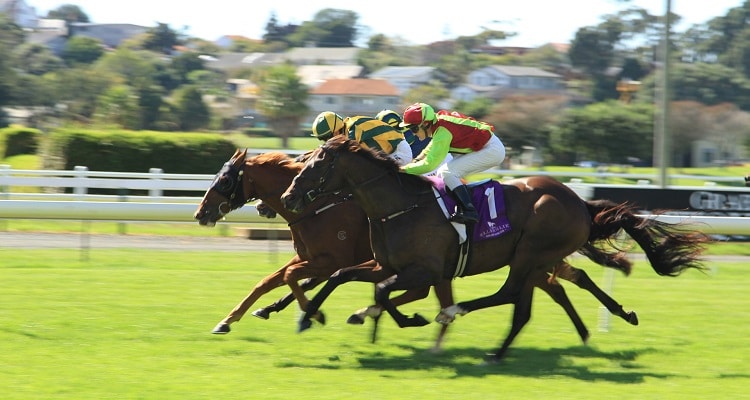Did you hear the one about the Irishman, a horse and an Italian ambulance? The legal view.

Jockeys and stable staff work in one of the most exciting but dangerous sports. They are renowned for their bravery and are not known for complaining. But an incident involving a jockey, a reversing ambulance and a subsequent broken leg, casts a light on how the law views accidents involving animals.
The basic facts are reported in Horse and Hound. The report records that, “Chris has spent the summer riding in Italy and the accident happened during a hurdle race at Merano, when his mount fell and booted him in the face. The kick knocked the jockey out initially and caused substantial injuries including a broken nose and a gash to the jaw requiring 27 stitches. But it was the next turn of events that proved to be the most bizarre. On arrival, the ambulance managed to reverse over Chris’ leg while the jockey lay on the turf.”
The legal analysis
In this country, the first piece of law to think about is the Animals Act 1971. Chris would not be able to claim for the kick to his face for two reasons.
First, injuries caused by a horse being athletic are not covered. By this we mean the results of simply moving about whether it is walking, galloping or even falling over. The injuries covered by the 1971 Act are those caused by some kind of instinctive response to some stimulus, which would include kicking, bucking, biting, shying. This is generally an instinctive flight response to some perceived threat.
Second, a jockey (or a visitor to a trekking stable for example) would be taken to accept the risks of what he was undertaking. Horses are unpredictable and most people know that.
Very importantly, people injured in the course of their employment fall into a different category. Employed staff cannot be said under the Animals Act 1971 to accept the risk of the dangerous things that they do. Accordingly stable staff who are kicked in the face when a horse lashes out at some real or imagined threat can make a claim. Ditto for those injured by a shying or bucking horse.
Importantly the animal in question does not have to be a rogue. Most cases involve perfectly ‘normal’ horses, cows or dogs.
The ambulance!
The ambulance driver helps to illustrate the difference between the Animals Act and the usual law surrounding personal injury claims. The Animals Act is a deliberately unique piece of law that does not require the claimant to prove that the defendant has been careless/negligent. Injured claimants do usually have to prove negligence in vehicle accidents. On the face of it Chris would be able to sue the ambulance company.
As Chris did indeed say to the Racing Post, “You have to laugh really!”
If you wish to enquire about an injury caused by an accident with an animal then please contact us on 0800 923 2068 or fill out our simple form to request a call back.
Richard Brooks is a Partner at RWK Goodman, solicitors, and is an expert dealing with serious injury claims involving animals.
This is not intended to be a complete analysis of the Animals Act 1971 and, for instance, the question of whether someone can be deemed to be employed is not necessarily straightforward. This class of people arguably includes self employed work riders paid cash in hand and even those working without pay.